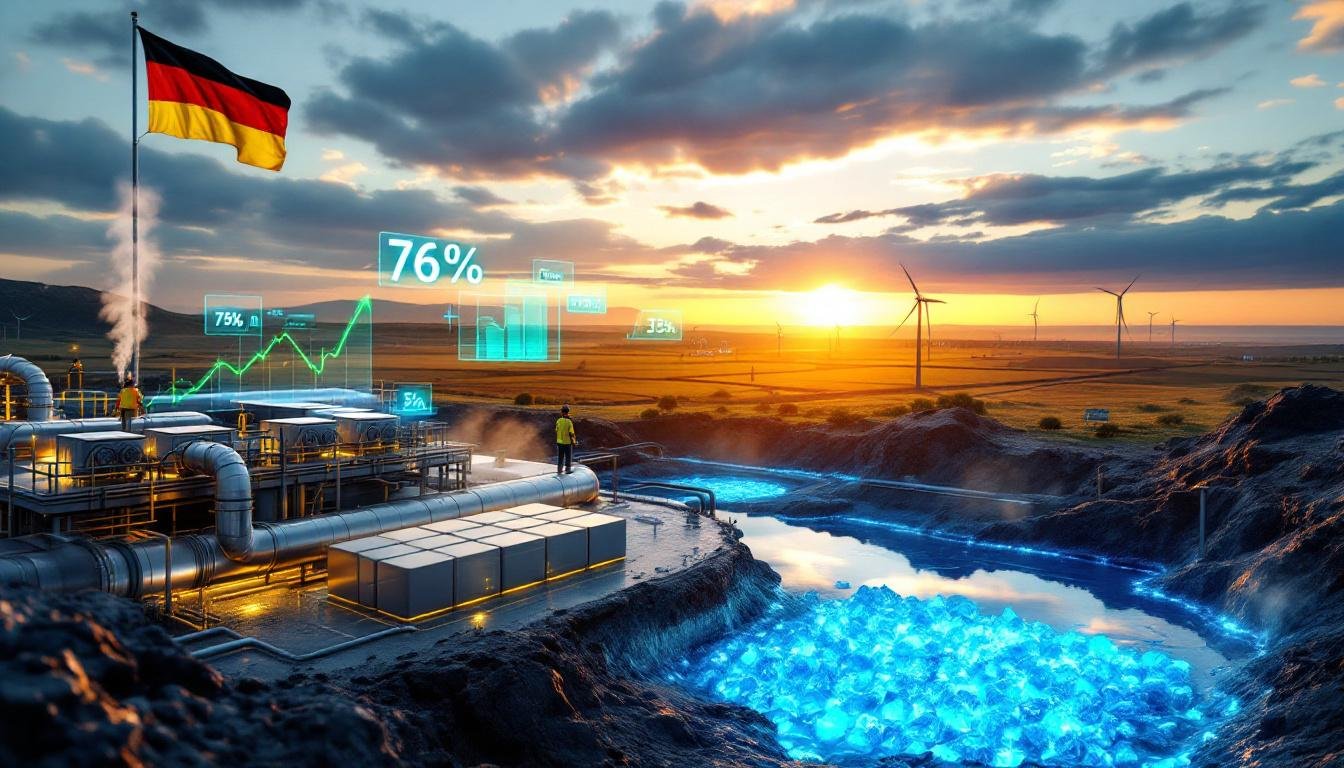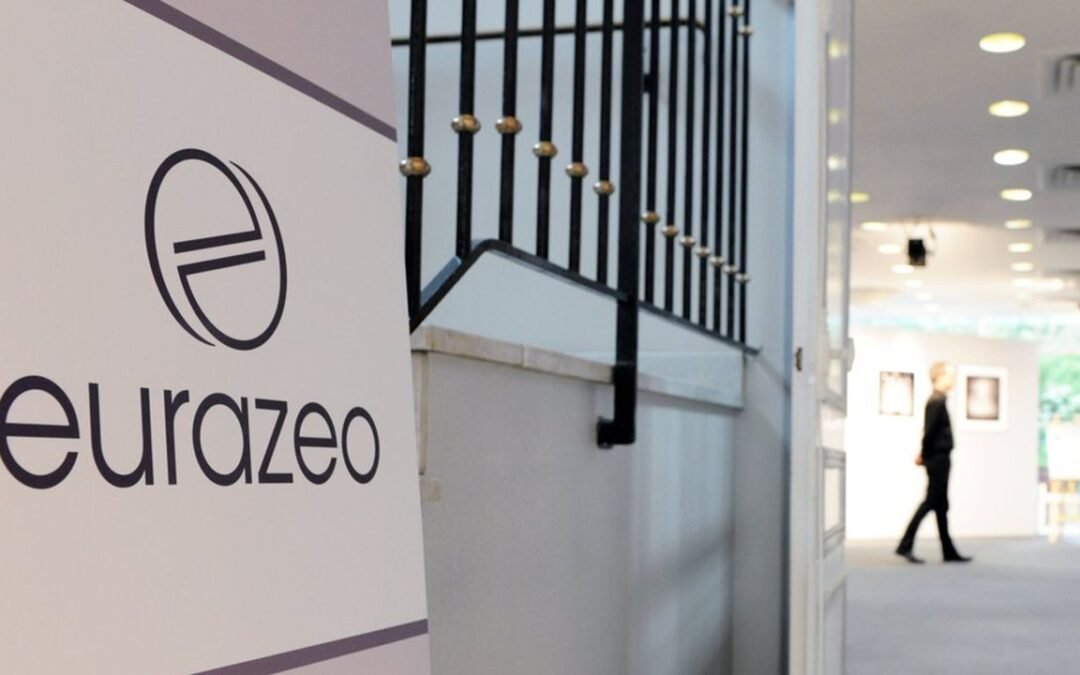In June 2025, Iceland’s economy demonstrates resilience against global inflation, which reached 4.2%. While many countries grapple with rising energy costs, Iceland benefits from its reliance on renewable energy sources, primarily geothermal and hydropower, which account for nearly 100% of its electricity generation.
As of 2025, 73% of Iceland’s electricity is sourced from hydropower, while geothermal energy makes up 27%. This energy mix allows Iceland to maintain some of the lowest energy prices in the world. Unlike fossil fuels, which face fluctuating prices, Iceland’s energy utilities remain stable, insulated from global oil price changes. This stability is particularly advantageous for energy-intensive industries such as aluminum smelting.
Iceland’s aluminum production is a key sector, benefiting from low energy costs that are 50% to 70% lower than those of competitors in fossil fuel-dependent regions. Companies like Century Aluminum’s Fjarðaál plant thrive under these conditions, as their operational costs are largely unaffected by external energy price hikes. The aluminum industry, which serves long-term sectors like construction and automotive manufacturing, remains profitable even in times of rising commodity prices.
For investors, Iceland represents a unique opportunity to capitalize on its renewable energy infrastructure and aluminum production. The GlacierShares Nasdaq Iceland ETF (GLCR) offers a pathway for those looking to invest in Icelandic companies, with 80% of its holdings in sectors related to renewable energy, fishing, and aluminum production. This ETF features several compelling attributes:
1. **Zero Fossil Fuel Exposure**: GLCR has no direct investments in fossil fuels, aligning with the growing shift toward renewable energy. 2. **Geothermal Leadership**: Key companies such as ON Power, which operates the Hellisheidi geothermal plant, and Landsvirkjun, the national power company, are major components of the fund. 3. **Aluminum Stability**: Companies engaged in aluminum smelting anchor the fund’s industrial investments, providing a link to a resilient export market.
While investing in Iceland carries risks—such as its small market size, reliance on tourism, and volcanic activity—the country’s political stability (ranked #1 in the Global Peace Index) provides a favorable backdrop for investment.
The June 2025 inflation statistics highlight the urgency for investors to consider Iceland’s energy sector. Transport costs and airfares have risen, further straining global supply chains. Meanwhile, Iceland’s energy sector remains a reliable refuge. The International Monetary Fund predicts that inflation will moderate to 2.5% by 2030, making this an opportune moment to invest in sectors likely to outperform during the transition.
Based on historical data, a long-term investment strategy is advisable. A study from 2020 to 2025 indicated that buying GLCR when inflation exceeded 3% and holding until a decline resulted in an annualized return of -3.2%, compared to the market’s 8.8%. This emphasizes the importance of maintaining a long-term perspective rather than reacting to short-term inflationary pressures.
In summary, Iceland’s geothermal and hydropower dominance, coupled with its inflation-resistant aluminum industry, positions it as an attractive investment opportunity in a volatile economic landscape. Investors looking to hedge against rising energy and transport costs should consider investing in geothermal energy stocks or the GLCR ETF, which offers broad exposure to Iceland’s renewable energy economy. A recommended strategy is to allocate 5% to 10% of a diversified portfolio to these options, with an investment horizon of three to five years.




